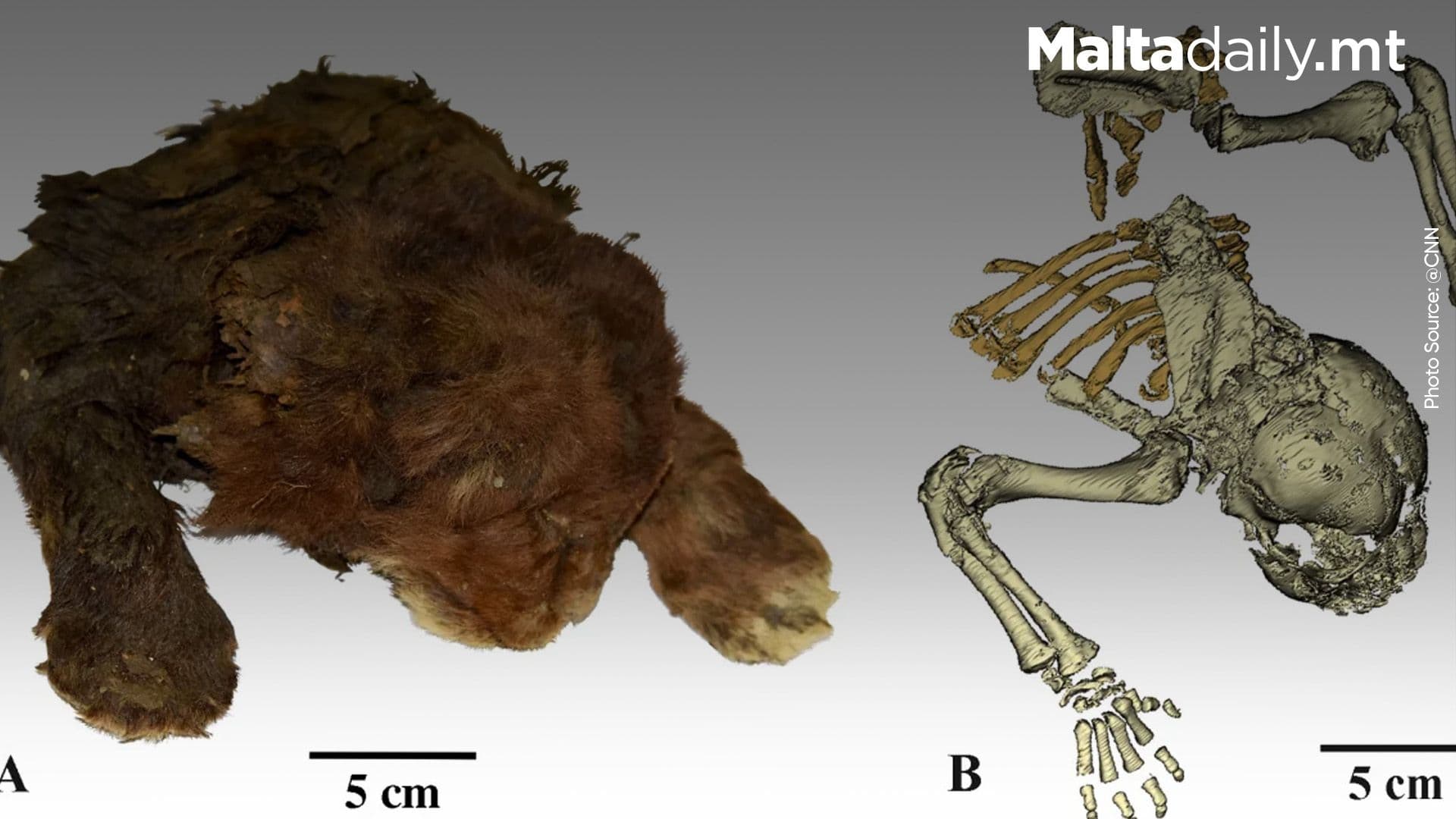First Mummified Saber-Toothed Kitten Found in Siberian Permafrost

A 35,000-year-old mummified saber-toothed cat cub has been unearthed in Siberia, marking the first known mummy of its kind. Discovered near the Badyarikha River in Yakutia in 2020, the Homotherium latidens cub was preserved in permafrost, with abundant fur, soft tissue, and intact forelimbs. This rare find sheds light on the anatomy and lifestyle of the extinct predator, renowned for its long, blade-like canines.
Published in Scientific Reports, the study details the cub’s thick, soft, dark brown fur and preserved “beans” – the fleshy pads on its paws. Lead researcher Alexey V. Lopatin described seeing the mummy as a “fantastic feeling,” providing an unparalleled view of an ancient predator. The discovery represents the first Homotherium specimen found in Asia, adding to fossil evidence from Europe and North America.
Paleontologist Jack Tseng hailed the find as transformative, noting the rarity of such well-preserved soft tissue. Radiocarbon dating places the cub in the Pleistocene epoch, offering a glimpse into feline evolution, as Homotherium split from other cats 18 million years ago. DNA extraction and further analysis of the skeleton and muscles are expected to unlock more secrets of this remarkable ice age predator.
#MaltaDaily


